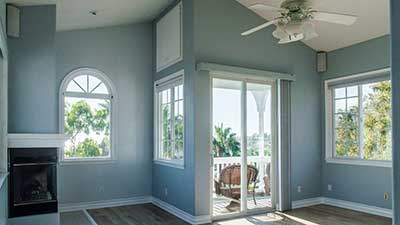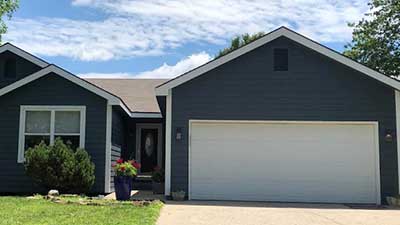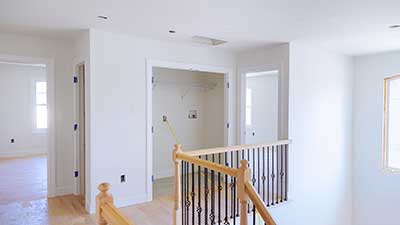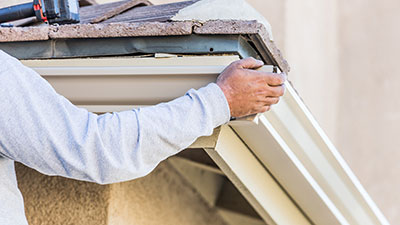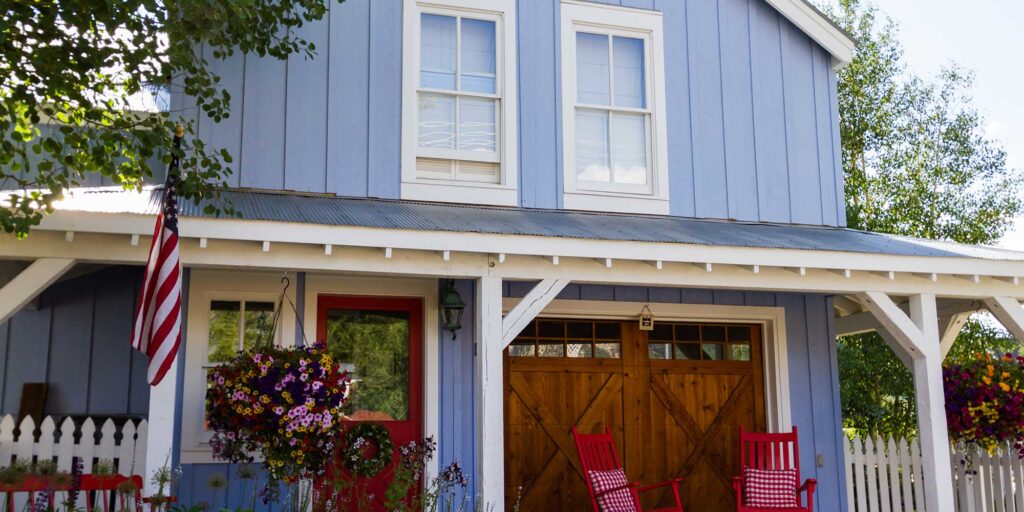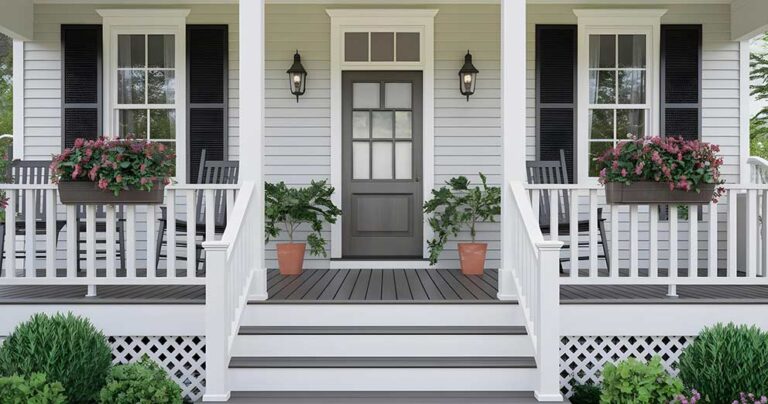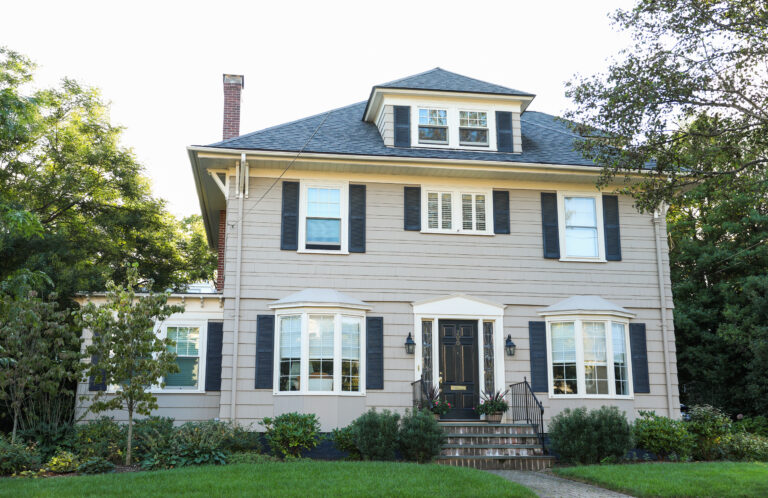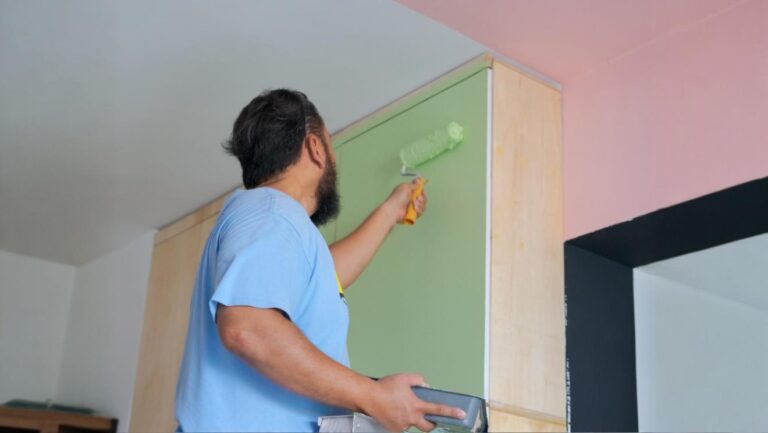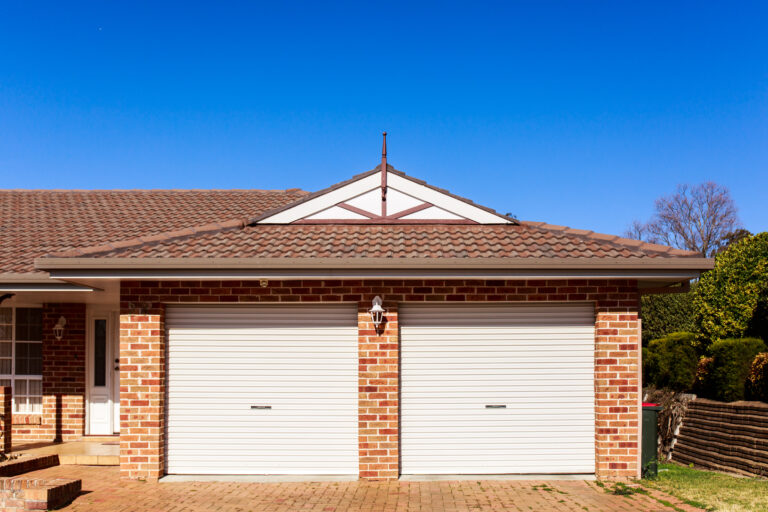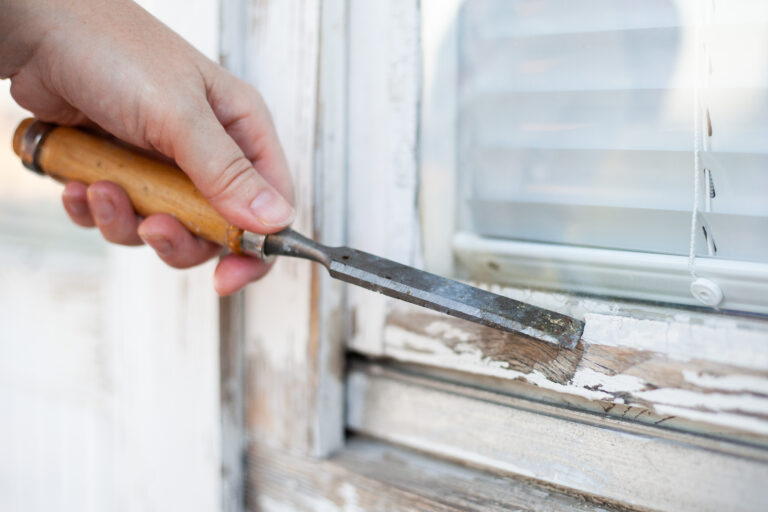Painting is more than just changing the color of your home. It’s about picking the right time, the right temperature, and the right conditions for the job. So, what’s the best temperature for painting outside? Let’s delve into the world of exterior painting and find out.
Why the Temperature Matters for Outdoor Painting
When it comes to painting outdoors, temperature is a critical factor. Both latex paint and oil-based paint have specific temperature ranges for optimal application. If it’s too cold or too hot, your paint may not cure properly, which could lead to disappointing results. According to most paint manufacturers, the ideal outdoor painting temperature is usually between 50 and 85 degrees Fahrenheit.
Excessive humidity or too much wind can also interfere with the drying process. So, avoid painting if the forecast calls for rain, high winds, or temperatures that are beyond the recommended range for your specific paint.
Effect of Cold Weather on Exterior Painting
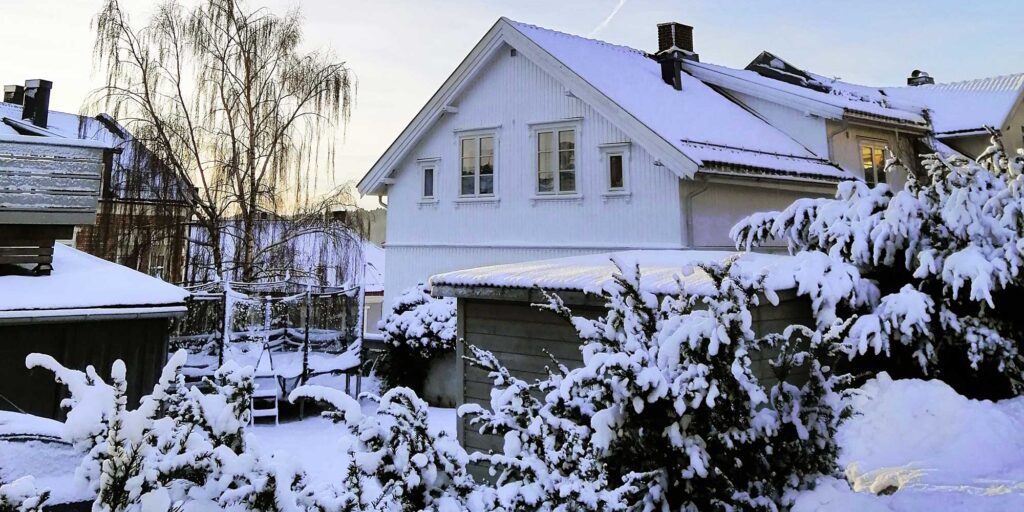
Now, you might be wondering: what happens if you paint in cold weather? Cold temperatures can significantly impact your exterior painting project. In colder temperatures, the paint could thicken, making it harder to apply. If the temperature drops dramatically overnight, it might also cause the paint to crack or peel.
Painting in cold weather also means the paint dries more slowly. If the paint isn’t completely dry before the temperature drops in the evening, it might not adhere correctly to the surface, leading to a less-than-perfect paint job.
Impact of High Temperatures on Exterior Painting
On the flip side, painting in high temperatures or direct sunlight can cause the paint to dry too quickly, which can lead to brush marks or clumps of paint on the exterior surface. The high temperatures can cause the paint to skin over, leaving the underlying paint unable to dry properly. Extreme heat can also lead to a phenomenon called “blistering,” where bubbles form under the paint due to the rapid evaporation of water in latex-based paint or solvent in oil-based paints.
So, even professional painters avoid painting during the hottest part of the day or in direct sunlight. In extreme temperatures, painting early in the morning or late in the afternoon when the sun is less intense might be a better option.
The Ideal Temperature for Different Types of Paint
Different types of paint have different temperature requirements. Latex paint is generally applied at temperatures as low as 50 degrees Fahrenheit, while oil-based paint can be applied at temperatures starting from around 40 degrees Fahrenheit. Each type of paint also has an upper limit, typically around 90 degrees Fahrenheit for latex paint and 85 degrees for oil-based paint.
It’s also worth considering that temperature isn’t just about the air. The surface temperature of the house exterior could be much hotter or colder than the air temperature, and this could impact how the paint dries.
Final Thoughts on the Best Temperature to Paint Outside
The best temperature to paint outside is typically between 50 and 85 degrees Fahrenheit, but this can vary depending on the type of paint you’re using and the specific weather conditions on the day of your painting project. It’s essential to plan your outdoor painting project carefully to ensure the weather won’t ruin your hard work.
Exterior painting is as much about the journey – the painting process- as it is about the destination -a beautifully painted home. Understanding how temperature, along with other factors like humidity and wind, can affect your paint job, will help ensure that your home’s exterior looks fantastic for years to come.
Remember, when it comes to painting outdoors, it pays to be patient. Wait for the right temperature and the right weather conditions, and you’ll be rewarded with a freshly painted surface that looks great and has a longer life expectancy. So, whether it’s early fall or the summer months, check the forecast and make sure you’re painting at the best temperature. Your house—and your paint project—will thank you.
FAQs about Exterior Painting
At what temperature should you not paint outside?
Most paint manufacturers recommend not painting outside if the temperature is below 50 degrees Fahrenheit or above 90 degrees Fahrenheit for latex paint. For oil-based paint, the lower limit is typically 40 degrees Fahrenheit, with the upper limit being 85 degrees Fahrenheit. Extreme temperatures can cause paint to dry too slowly or too quickly, leading to a poor finish
What is the best time of day to paint outside?
The best time of day to paint outside depends on the weather conditions. On a hot day, it’s best to start early in the morning before the temperature rises. On a cool day, you might want to start a bit later, once the surface temperature of your house has had a chance to warm up. Be sure to stop painting early enough in the evening to allow the paint to dry before the temperature drops at night.
What happens if you paint in cold weather?
Cold temperatures can cause the paint to thicken, making it more challenging to apply. If the temperature drops significantly overnight, the paint can also crack or peel. Lastly, colder temperatures mean slower drying times, which could lead to problems if the temperature drops further before the paint has had a chance to dry
How soon after rain can you paint an exterior?
You should usually wait at least 24 hours after rain before painting the exterior of a house. The surface must be completely dry to ensure the paint adheres properly. This might mean waiting longer if your home is in a shaded area where the sun can’t help speed up the drying process.
Why should I consider hiring exterior painters instead of painting the house myself?
Well, hiring professional exterior painters has several benefits. They are experienced and understand how weather conditions, especially temperatures, can impact the quality of the paint job. They’re aware of the best temperature to paint outside and can adjust their schedules to accommodate unexpected weather changes. By hiring professionals, you ensure that the painting work is done correctly and lasts longer, irrespective of weather challenges.
Why are lower temperatures a concern when painting outside?
Lower temperatures are a concern because paint, especially oil-based paint and latex paint, can react adversely to cold weather. The paint may not adhere properly to the surface, leading to peeling or cracking over time. Furthermore, in colder temperatures, the paint can take longer to dry and cure, delaying the completion of your painting project. Professional painters are adept at handling such challenges and can offer guidance on the right temperature to paint outside.






